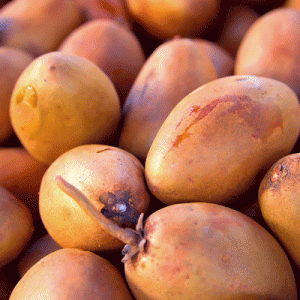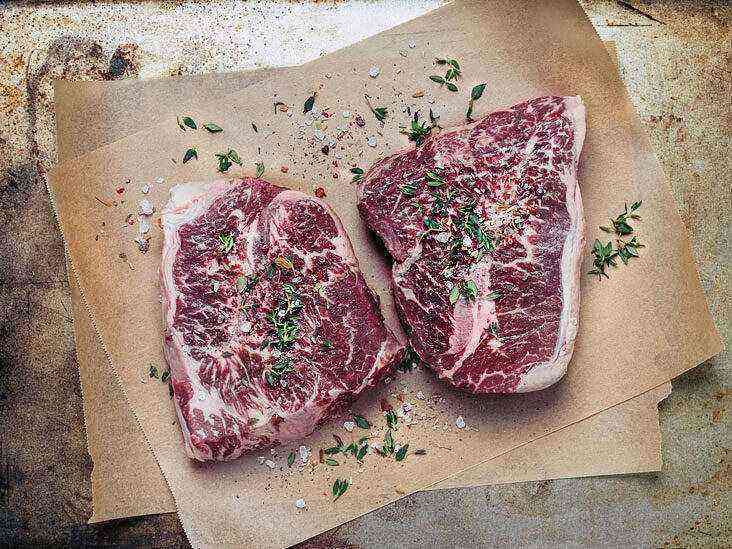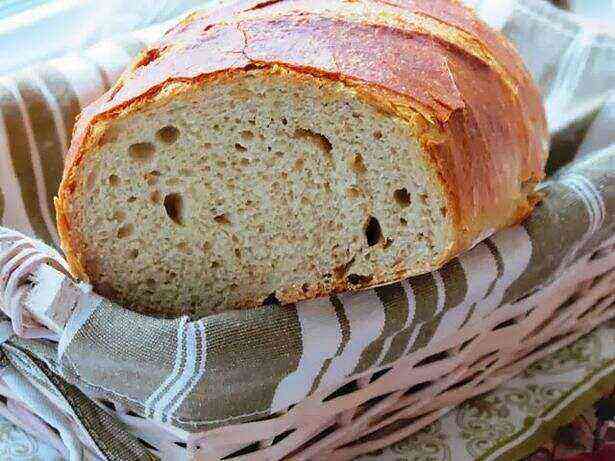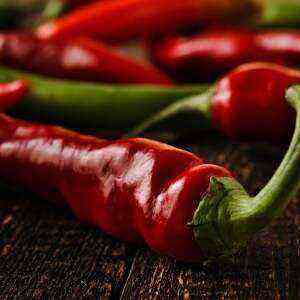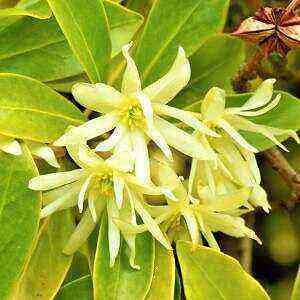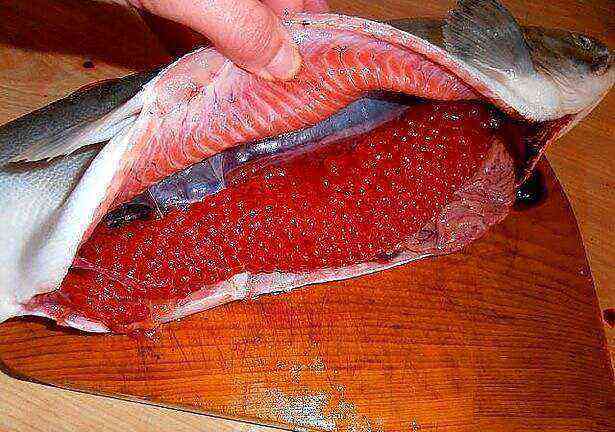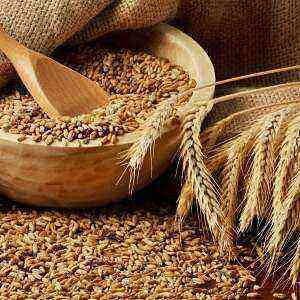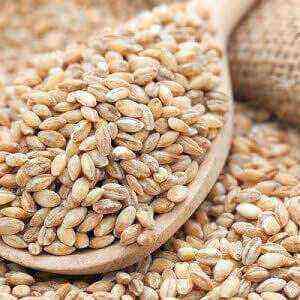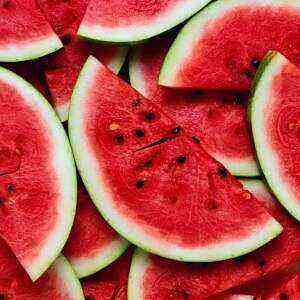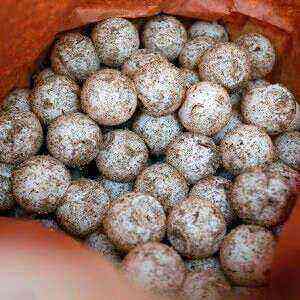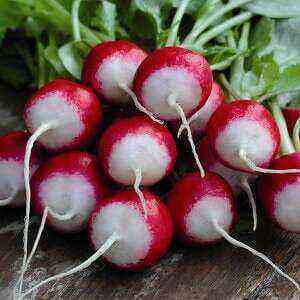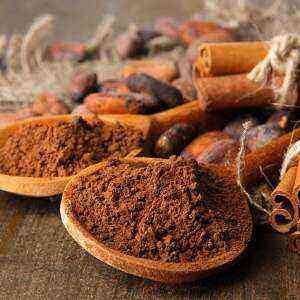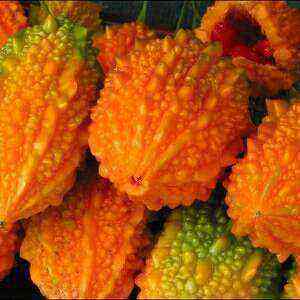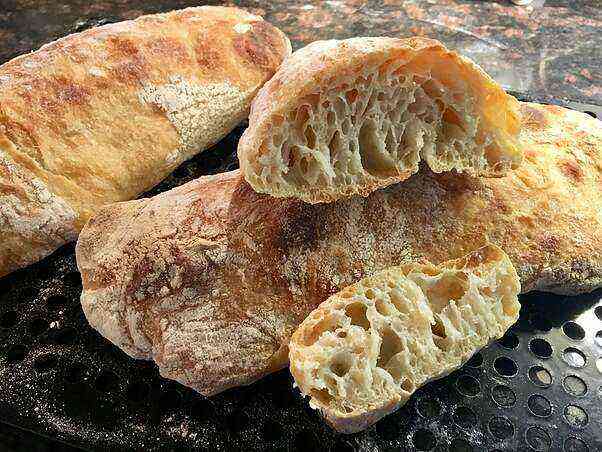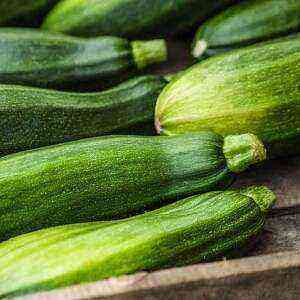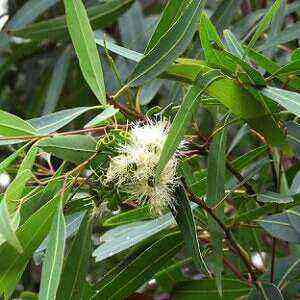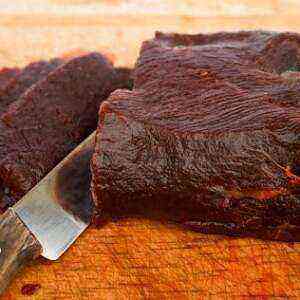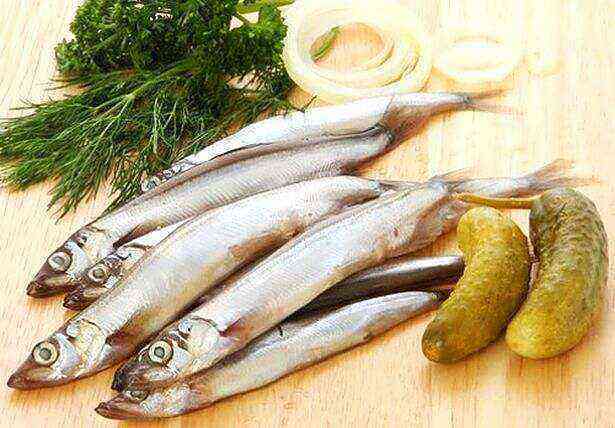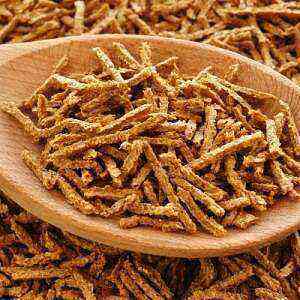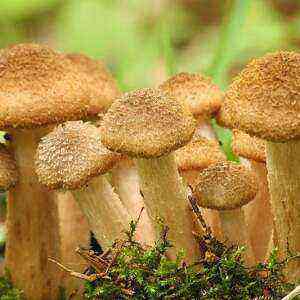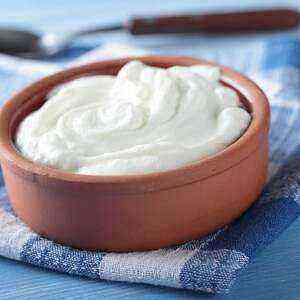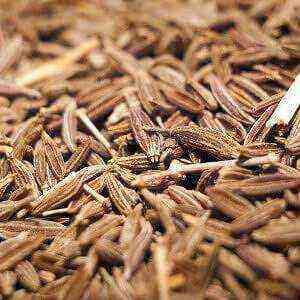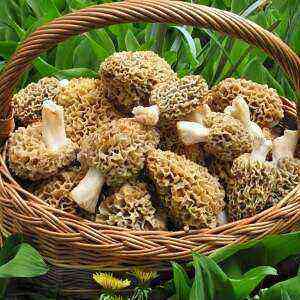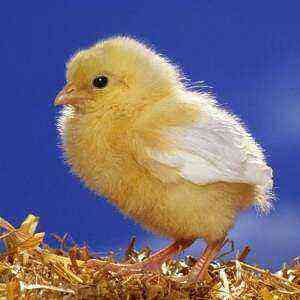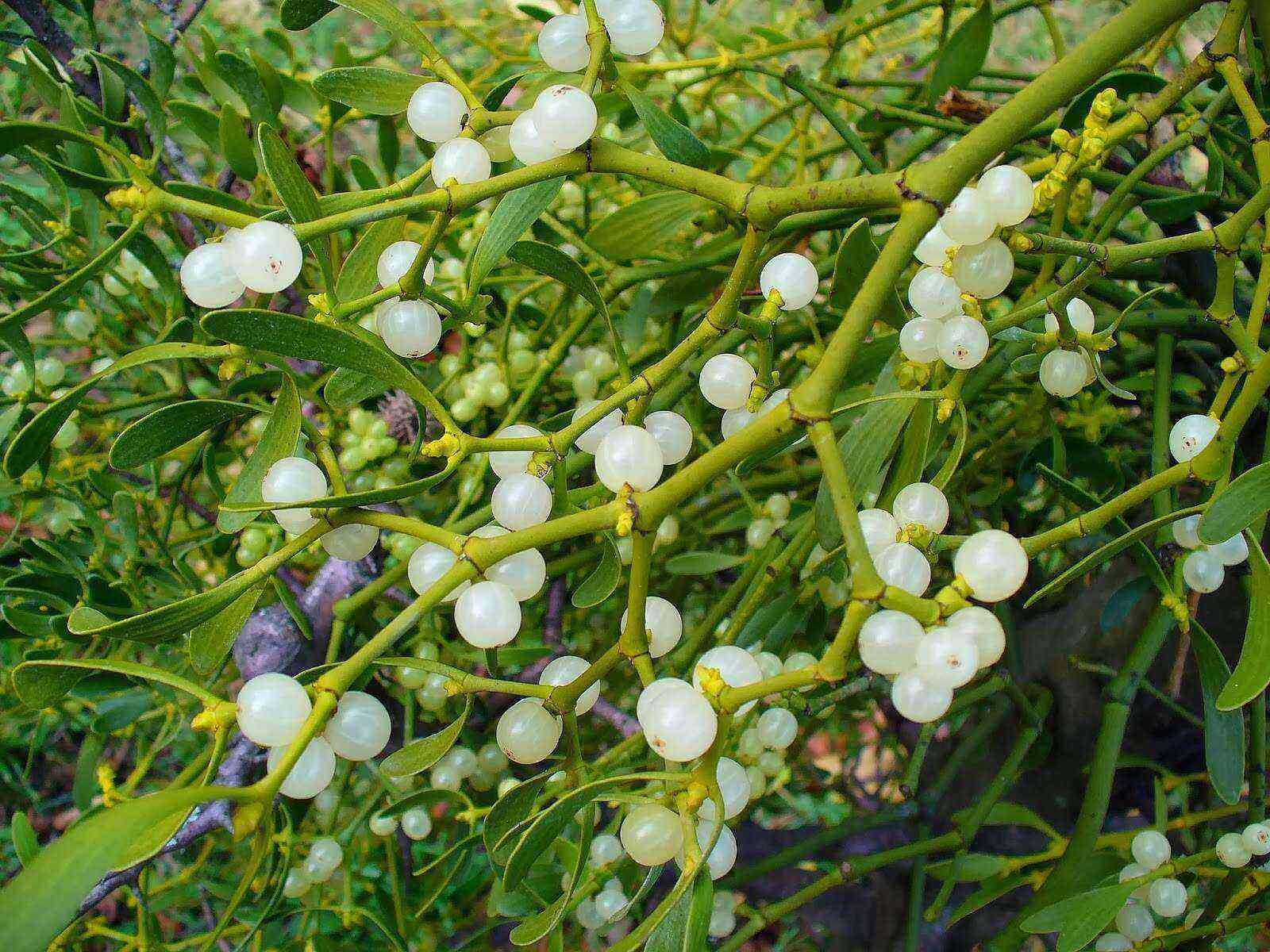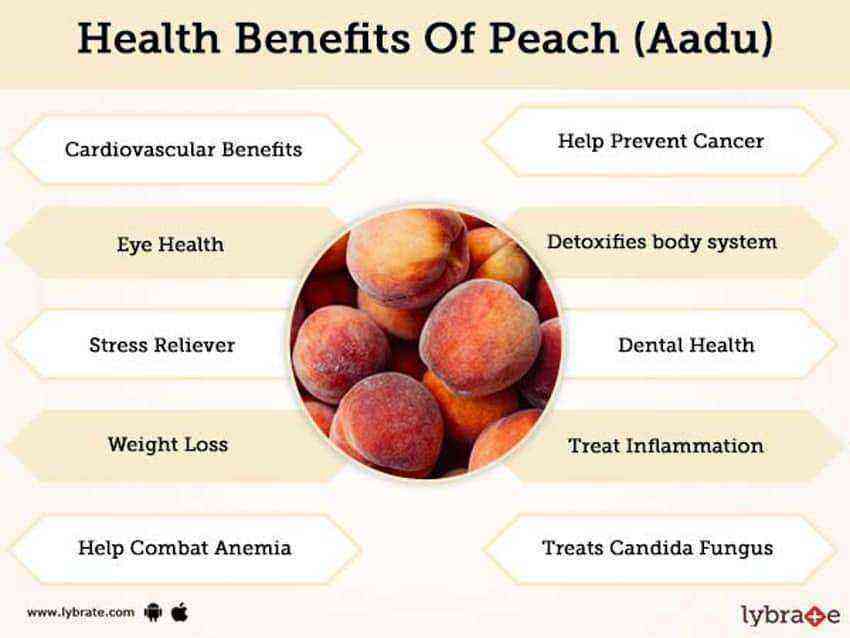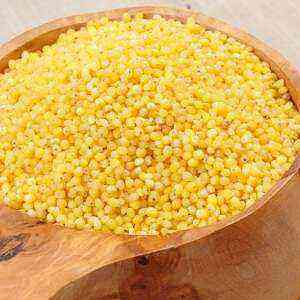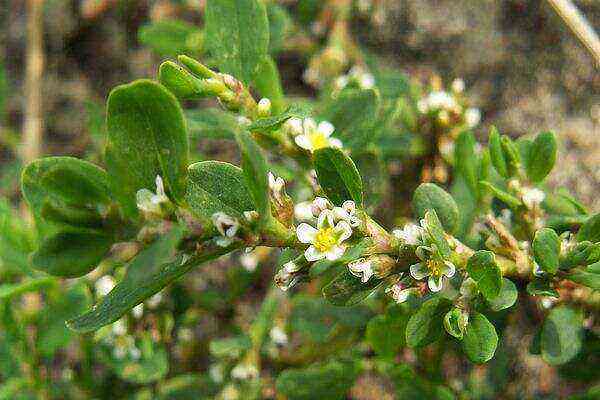The key to health, a storehouse of vitamins and minerals, rye flour has been the basis of the diet in Russia at all times. Rye bread was the main thing not only on the tables, but also in proverbs and sayings. And only in the second half of the last century, the thoughtless order of the management to replace the crops of rye with wheat, gradually led to the fact that there was less dark bread on the tables.
The raw material for production is rye, a much more frost-resistant cereal crop than wheat. It is not surprising that before the start of active breeding work and breeding winter-hardy varieties of bread, it was rye flour that was the main one on the territory of most of the Russian Empire. And she also provided hearty, wholesome food for the population.
Composition and calorie content
The basis of the composition is proteins and carbohydrates, which provides the human body with energy and building materials. The general composition of rye flour (100g) is as follows:
- 8,9 g protein;
- 61,8 g carbohydrates;
- 1,7 g of fat.
The total calorie content of rye flour is 298 kcal per 100 grams of product.
Also, the composition of rye flour contains minerals necessary for the body:
- calcium, which is involved in the construction and maintenance of the skeleton and in the functioning of the nervous system;
- potassium, which is necessary for the normal transmission of nerve impulses;
- iron and magnesium, which contribute to normal blood formation;
- phosphorus, which ensures the health of bones and cartilage, and many other micro and macro elements.
All of them are preserved in the final flour products. In addition to minerals, rye flour contains vitamins B and E.
Thiamin (vitamin B1) supports the metabolism and health of the nervous system, and its lack can lead to myocardial problems and other unpleasant consequences.
Vitamin B2 supports the thyroid gland and the body’s reproductive function, while folic acid (B9) is essential for the growth of the body and to prevent anemia.
In general, in conditions of a lack of sun and heat (for example, in the northern regions), rye bread and other baked goods made from rye flour are vital for good health.
Rye bread is also useful for those suffering from anemia or metabolic disorders. At the same time, with all the useful properties of a product made from rye flour, it is undesirable to use it for peptic ulcer disease and increased acidity of the stomach. With such diseases, there will be more harm than good, the pathological state of the body will be aggravated.
Rye flour varieties
Different types of rye flour are used for different types of baked goods. They differ in the degree of grinding and the percentage of bran particles. So, in the food industry they are used:
- baked – the finest type of grinding. The yield of such flour from grain is 60%. It is a well-sifted product that does not contain bran particles and is used for baking rye bread without impurities, as well as gingerbread, pies and other confectionery delicacies. But, despite the taste, fineness of grinding and tender creamy appearance, this variety contains practically no vitamins.
- sown – its output from raw materials is slightly more than 63-65%. It is closest to the grated in its structure. It is usually also used without impurities from other types of flour. Color – white, with a cream or bluish tint. Seeded flour products have a low calorie content. Dietary fiber in seeded rye flour is several times less than in other rye varieties, but more than in wheat.
- peeled rye flour… After grinding, the yield is 90%. It is in second place in terms of nutritional value and low gluten content. Because of this, the use of peeled flour is limited to baking bread, regular and custard varieties. At home, for baking, peeled rye flour should be mixed with wheat flour. Otherwise, the dough will not be elastic. The taste and aroma of homemade bread from this variety is wonderful, and the bread itself is very healthy.
- wallpaper… The coarsest type of grinding, obtained from rye grains that have not undergone preliminary cleaning. Contains 100% of the original grain constituents, as well as the highest percentage of bran particles. This variety is used together with wheat flour for baking table breads. It is rye wallpaper flour that contains three times more minerals and vitamins than wheat flour. And in terms of fiber content, it surpasses even buckwheat and barley. Its color is dark gray with a brown tint.
It is wallpaper bread that must be consumed to protect the body from constipation, high cholesterol and atherosclerosis. No matter how dense and rough such products may be, the abundance of fiber in them ensures the normalization of the digestive tract.
What to cook
The dough made from pure rye flour, due to its low gluten content, does not have elasticity and resilience, and sticks to the hands during processing. Therefore, at home, it is better to mix rye and wheat flour in equal proportions. The shelf life of such bread will be twice as long as that of plain wheat.
In addition to baked goods – breads, cookies, muffins and flat cakes, a sourdough is also made from rye flour for kvass. The most delicious traditional drink could not exist without such a leaven. Interestingly, in order to avoid the ingress of possible harmful impurities, it is better to prepare kvass in glass containers.
Rye flour has the ability to easily absorb odors. That is why it should not be stored near foods with a strong odor. Such measures will allow you to get fragrant, rye-smelling baked goods.
